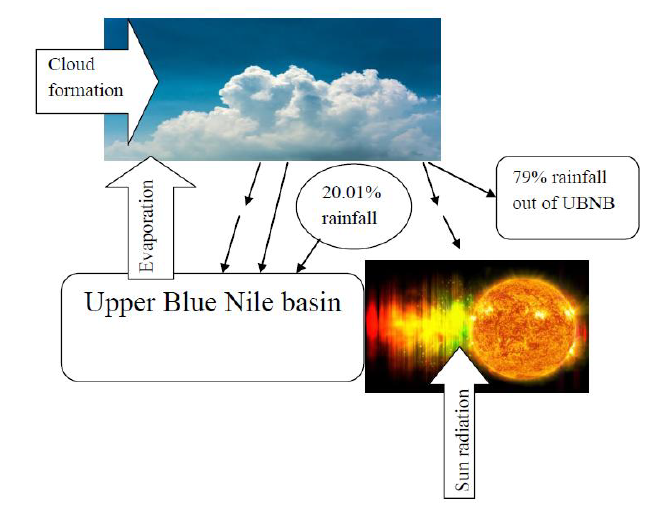Upper Blue Nile basin (UBNB) is the water tower of Ethiopia and downstream countries. It contributes significant moistures to the surrounding atmosphere. However, the contribution of the moisture from the basin to the precipitation in the area is not well documented. Therefore, this paper is aimed at seasonal variation of upper Blue Nile basin moisture budget and the global moistures in the role of temporal and spatial precipitation variability. To this end, we used European Centre for Medium-range Weather Forecast (ECMWF) data from 1979-2017. The UBNB moisture contributed precipitation in the central parts of the study area during the summer season, while in spring; it contributed in southern part of the study area. Northwest part of the study area got precipitation from the basin moistures during autumn season. The recycling ratios for four seasons (summer, autumn, spring and winter) were 9.70%, 16.33%, 19.01%, and 35.30% respectively. The maximum amount of precipitation is extracted from the local moistures during winter season. The annual average value of recycling ratio was found 20.11%. Hence, we concluded that UBNB moisture budget had lesser contribution of precipitation over the study area. It rather contributed a significant precipitation to the neighboring countries such as Egypt and Sudan. Further studies on moisture budget are required to explain this phenomenon in the context of Ethiopia.

